
Multi-Source Journalism
This article synthesizes reporting from multiple credible news sources to provide comprehensive, balanced coverage.

Multi-Source Journalism
This article synthesizes reporting from multiple credible news sources to provide comprehensive, balanced coverage.
Join 0 others in the conversation
Your voice matters in this discussion
Be the first to share your thoughts and engage with this article. Your perspective matters!
Discover more articles
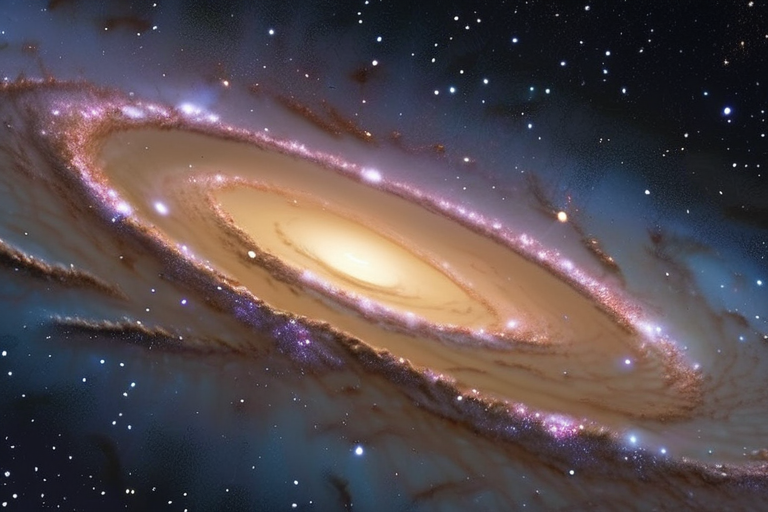
Scientists at Johns Hopkins University have detected a mysterious gamma ray glow emanating from the Milky Way's core, which may be linked to the elusive presence of dark matter. The discovery was made possible by advanced simulations that accurately
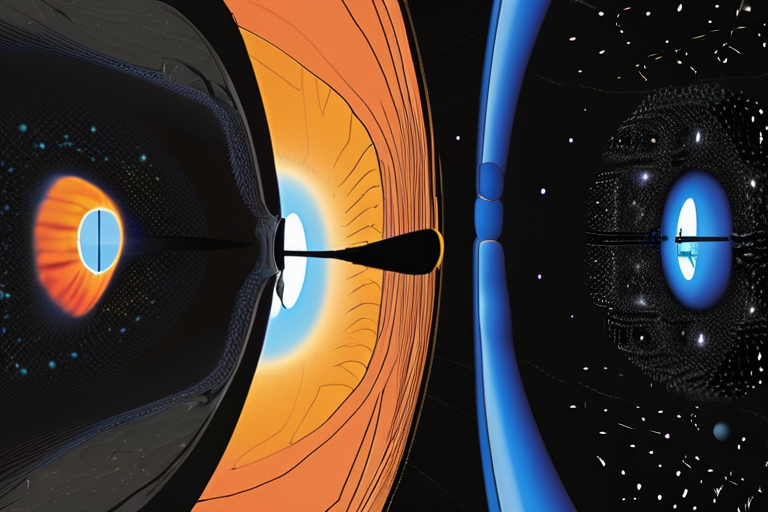
Scientists are pushing the boundaries of black hole imaging with next-generation telescopes, aiming to uncover subtle differences between general relativity and alternative gravity theories. By studying the extreme environment surrounding black holes
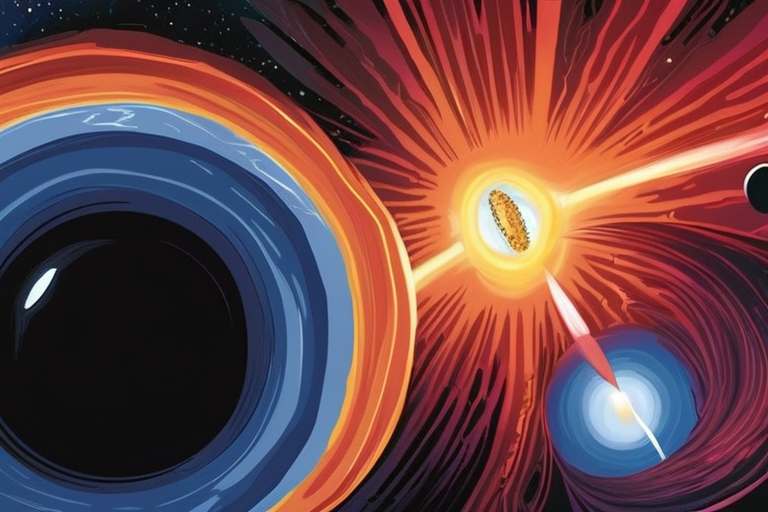
In a groundbreaking discovery, researchers have found that black holes are capable of flinging out matter at an astonishing rate, potentially solving the long-standing mystery of missing cosmic baryons. According to new findings, these violent events
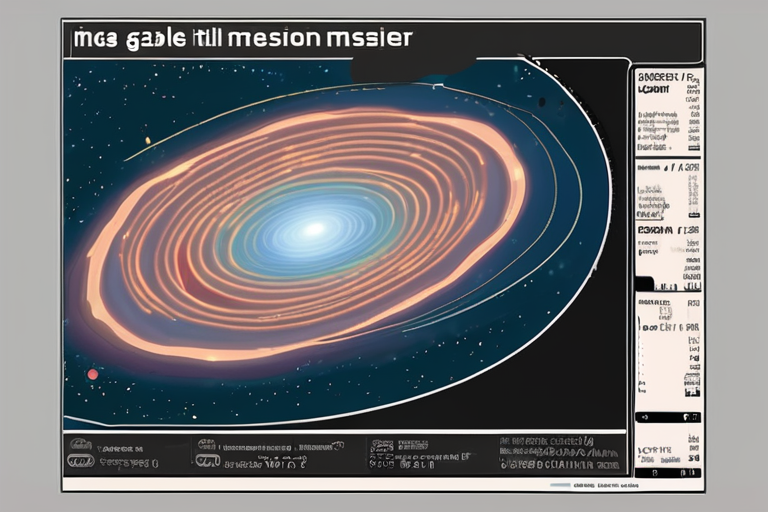
Astronomers using the Vera C. Rubin Observatory's first test image have unexpectedly discovered a long stellar stream extending from the galaxy Messier 61, suggesting it may have torn apart a smaller galaxy in the past. This finding, which marks the
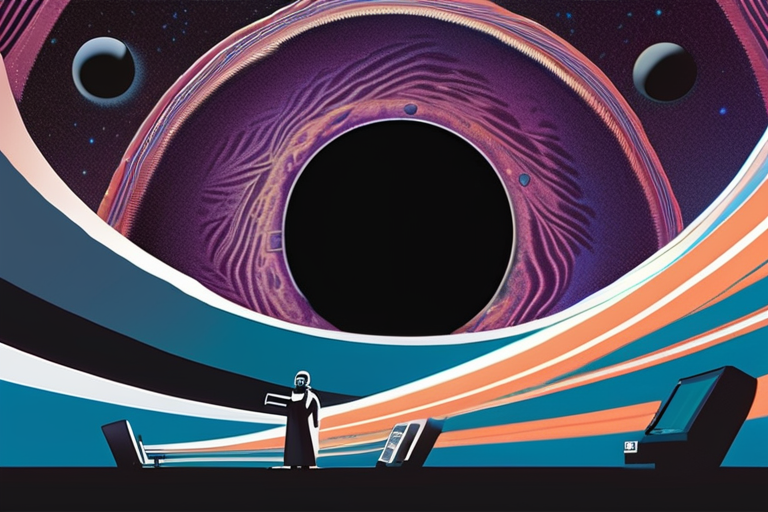
Scientists may have cracked a 60-year cosmic mystery by discovering that colossal winds from supermassive black holes could be accelerating ultra-high-energy particles to incredible speeds, potentially explaining the origin of the universe's most pow

Astronomers have made a groundbreaking discovery using the Vera C. Rubin Observatory's first test image, revealing a long, unseen "stellar stream" extending from the galaxy Messier 61. This trail of light suggests that the galaxy once tore apart a sm
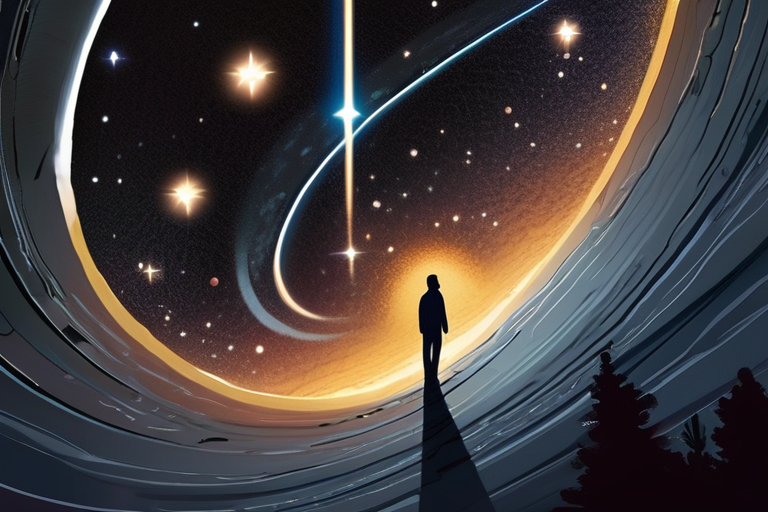
A long-standing debate in astrophysics has been settled by an observational analysis, revealing that stars played the primary role in reionizing the universe around 300 million years after the Big Bang. This process involved the transition from neutr
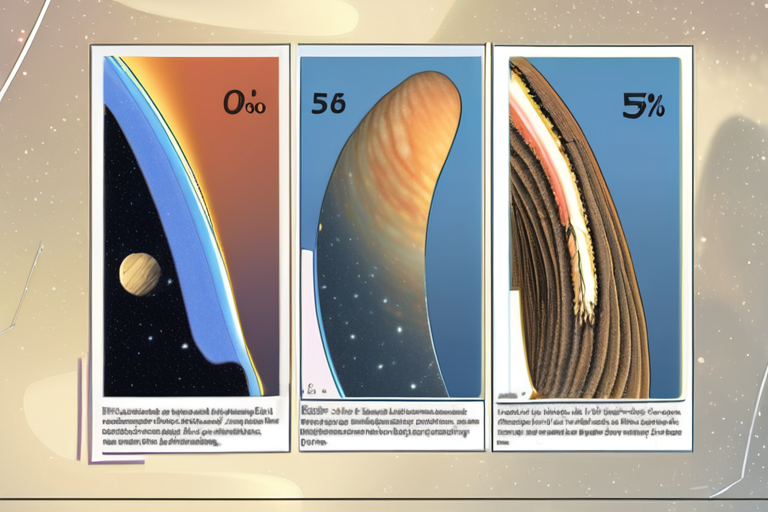
Astronomers using the Vera C. Rubin Observatory have made a groundbreaking discovery, revealing a previously unknown stellar stream extending from the galaxy Messier 61. This finding suggests that Messier 61 may have torn apart a smaller galaxy in th

A long-standing debate in astrophysics has been settled, with new research suggesting that stars played the primary role in reionizing the universe around 300 million years after the Big Bang. This process involved the transition from a neutral to io
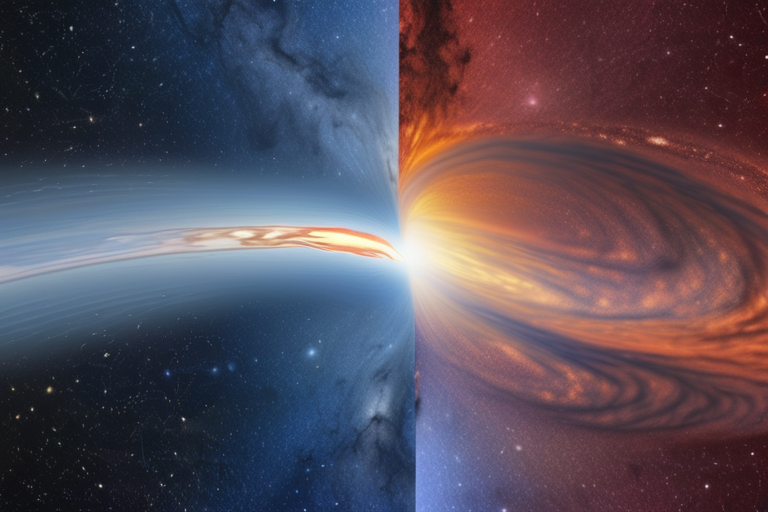
Scientists have made a groundbreaking discovery in the study of our galaxy's black hole, Sagittarius A, after decades of searching for evidence of its powerful winds. A preliminary study has identified a cone-shaped region around the black hole where

Astronomers have made a groundbreaking discovery using the Vera C. Rubin Observatory, uncovering a previously unknown stellar stream extending from the iconic galaxy Messier 61. This trail of light suggests that the galaxy once tore apart a smaller c
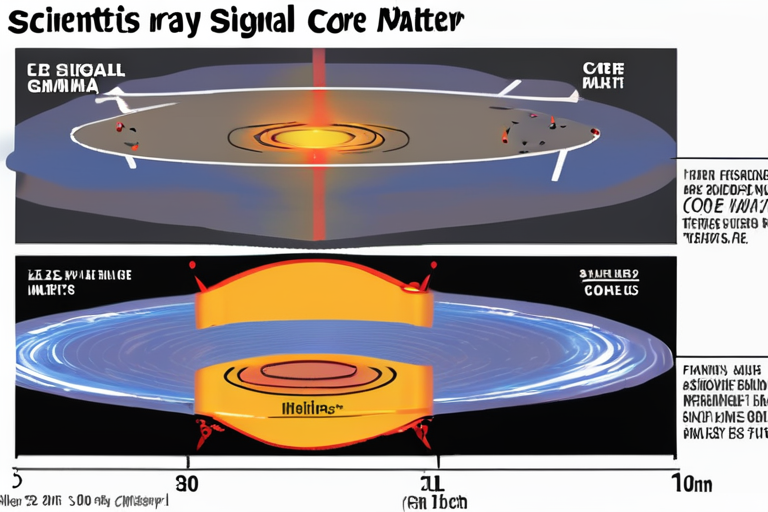
Scientists at Johns Hopkins University have discovered a mysterious gamma ray glow emanating from the Milky Way's core, which may be linked to the elusive presence of dark matter. The finding, based on advanced simulations and observations, suggests
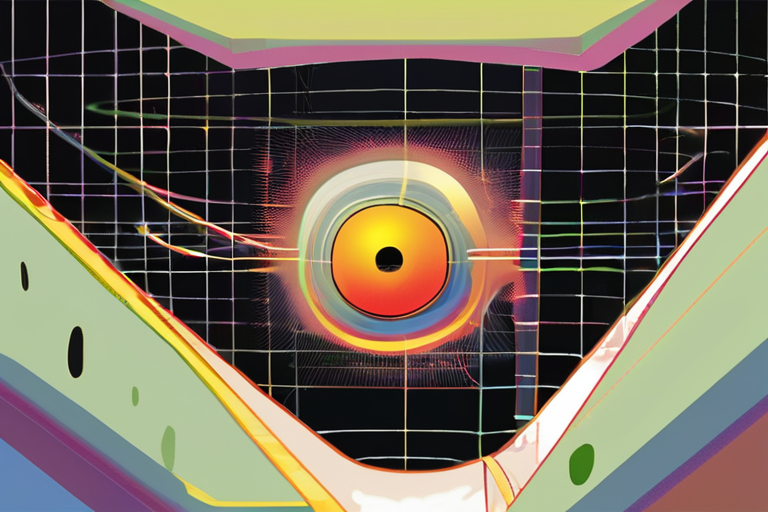
Researchers from Goethe University Frankfurt are challenging Einstein's theory of general relativity by using black hole shadows to test its limits. New simulations and ultra-sharp telescope images may reveal discrepancies in Einstein's famous equati

Astronomers have discovered the most powerful and distant cosmic ring ever seen, nearly 10 billion years old, which challenges existing theories about its origin. The massive double-ringed radio structure, known as an "odd radio circle," was detected
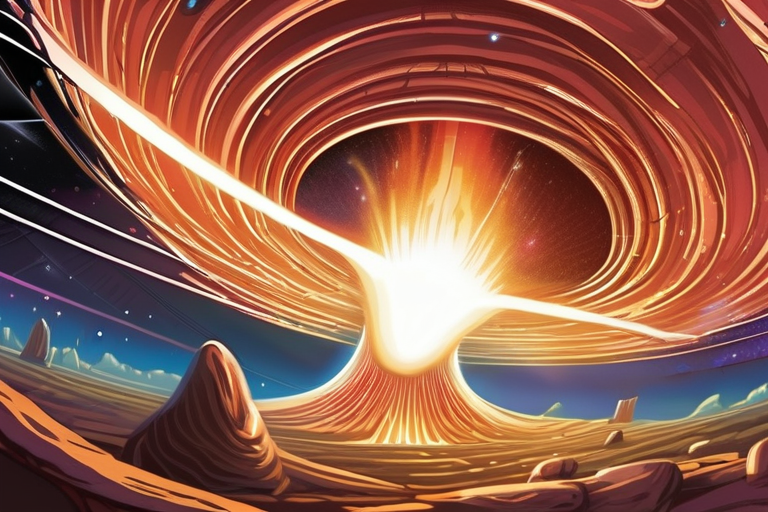
A massive, 30,000-light-year-long wave is sweeping through the Milky Way galaxy, causing stars to oscillate in a complex pattern. The origin of this phenomenon remains unknown, but scientists speculate it may be linked to an ancient collision or othe
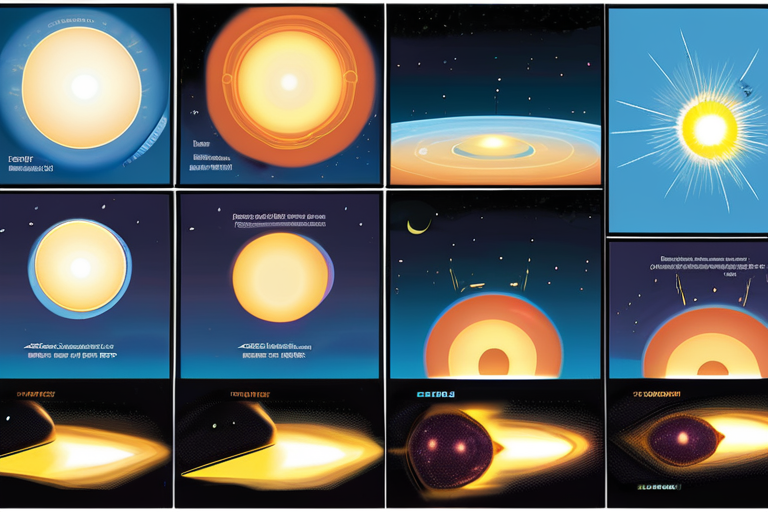
Astronomers have detected a rare and powerful coronal mass ejection from a nearby star, using a combination of LOFAR radio data and XMM-Newton X-ray insights. This extraordinary eruption, capable of stripping atmospheres from close-orbiting planets,

Astronomers using the Vera C. Rubin Observatory's first test image have discovered a previously unknown stellar stream emanating from the galaxy Messier 61, suggesting a possible merger event in the galaxy's past. This finding, which marks the first

A long-standing mystery at the center of the Milky Way galaxy may be solved by the presence of dark matter particles, according to new simulations. The galactic centre gamma-ray excess, first detected in 2009, has been attributed to either pulsars or
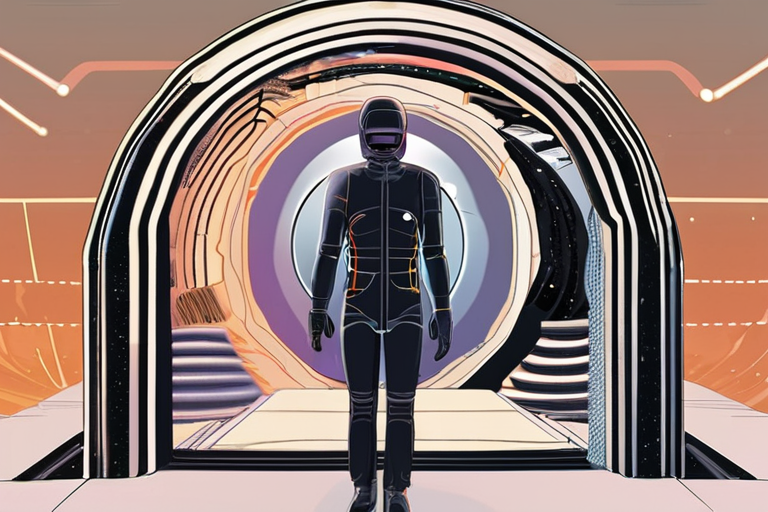
Scientists have conducted a groundbreaking test to understand dark matter's behavior, finding that it appears to follow the same gravitational rules as ordinary matter, based on observations of galaxy motion within cosmic structures. This discovery b

Researchers have made new simulations suggesting that dark matter particles, specifically weakly interacting massive particles (WIMPs), could be responsible for a long-standing mystery at the heart of our galaxy: the galactic centre gamma-ray excess.
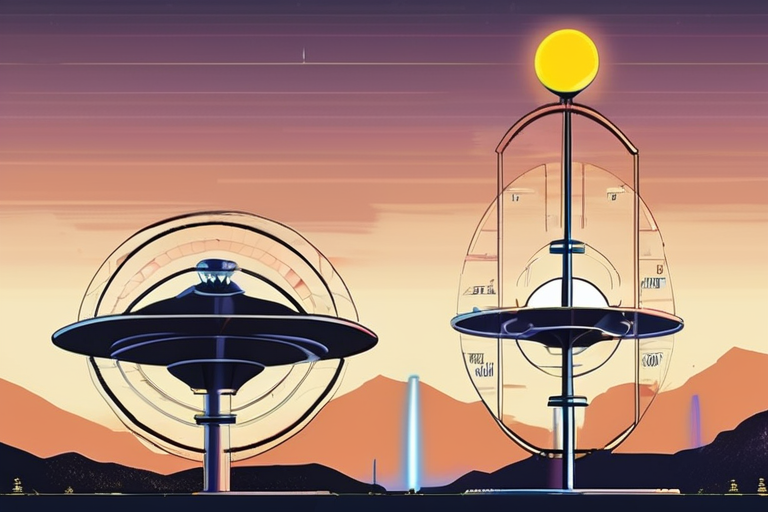
Astronomers have discovered a spike of radioactive beryllium buried beneath the Pacific Ocean, suggesting that a supernova may have exploded near Earth approximately 10 million years ago. The finding has sparked a renewed investigation into the possi

A groundbreaking new simulation is shedding light on the mysterious formation of supermassive black holes in the universe, and it's raising even more questions with the discovery of tiny, red dots spotted by the James Webb Space Telescope. These enig

A long-standing debate in astrophysics has been settled, revealing that stars played a crucial role in reionizing the universe after the Big Bang. A recent analysis suggests that photons from stars were responsible for ionizing matter between galaxie
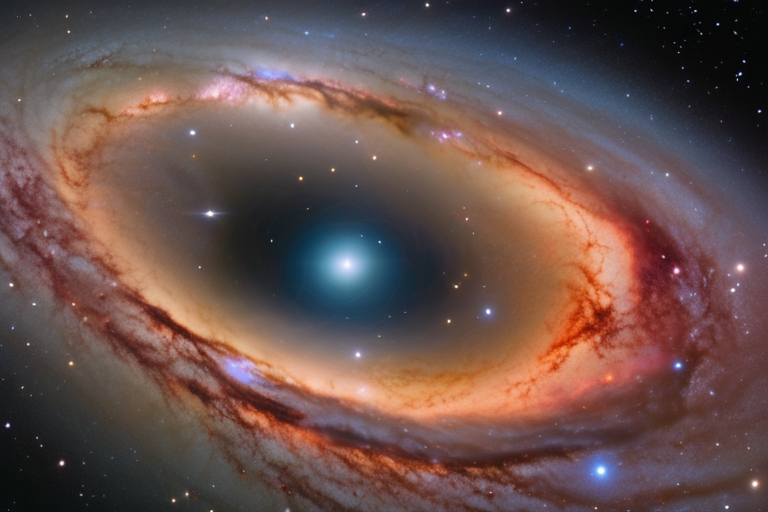
The Vera C. Rubin Observatory has made a groundbreaking discovery in its first test image, revealing a previously unknown stellar stream extending from the galaxy Messier 61. This trail of light suggests that Messier 61 once tore apart a smaller gala
Share & Engage Share
Share this article